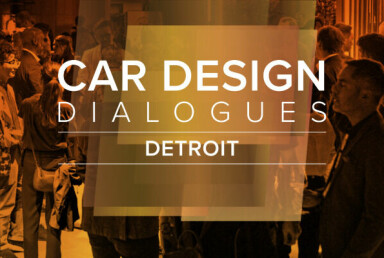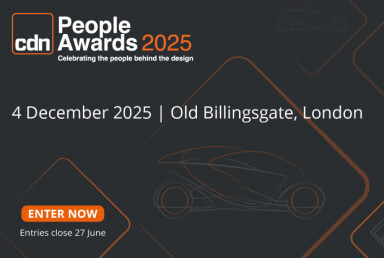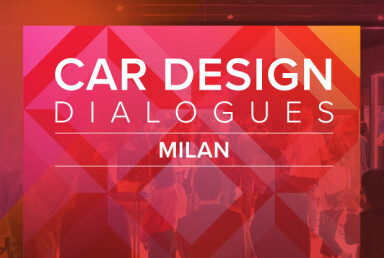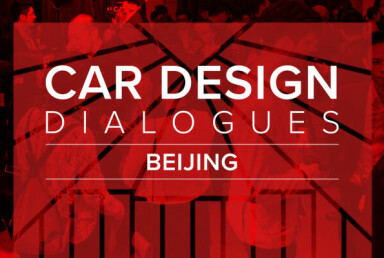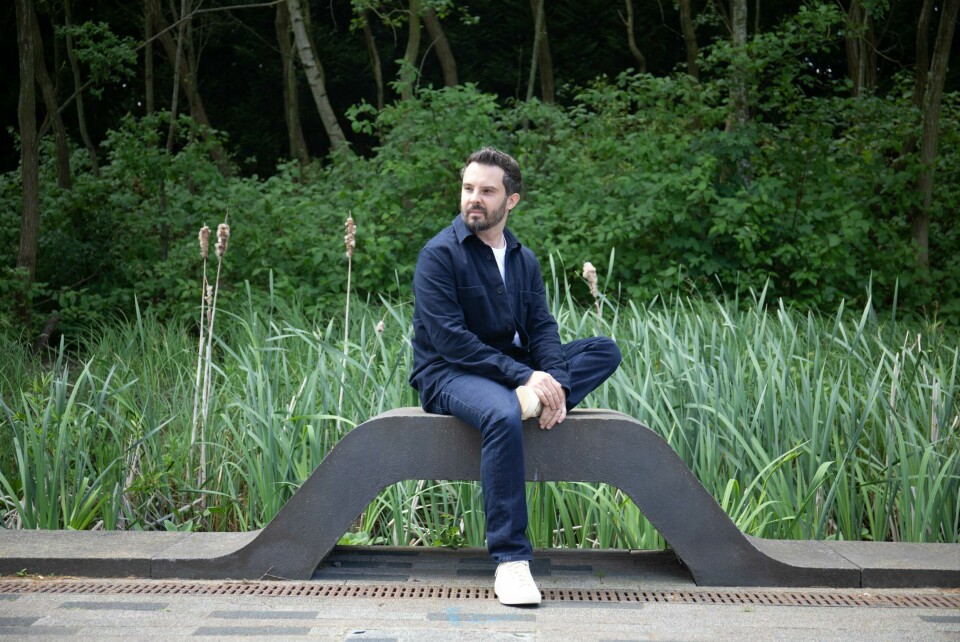
Car Design Review X: Aurelien Doisy
Tata’s Aurelien Doisy shares his personal approach to design in this exclusive Car Design Review X interview
Tata Motors has ambitions to be a global player, but we’re not doing that by simply trying to sell cars everywhere. We want to be strategic. We’re not in China, that is not our priority at the moment. But if you just master 25% of the market in India, that’s already a lot and it’s still an untapped market. In terms of designers, we’re more interested in people with an open-minded approach, somebody that doesn’t necessarily have a transport design background but is keen and that has the appetite to learn. To me the number-one quality of a designer is their adaptability.
If you can’t adapt to a brand and just keep on doing the same trick all the time, it doesn’t work, especially with electrification and digitisation. For example, we have one designer who came from Puma and he’s doing brilliantly. He has that passion for vehicles, but is approaching colour, materials and finish (CMF) with a wild mind compared to traditional transportation designers. The freshness that you see in sneakers these days he brings to cars. We want a down-to-earth approach very much like what we are trying to get into our products. I’d settle for someone that needs a bit more training rather than a ‘rock star’ that won’t fit.
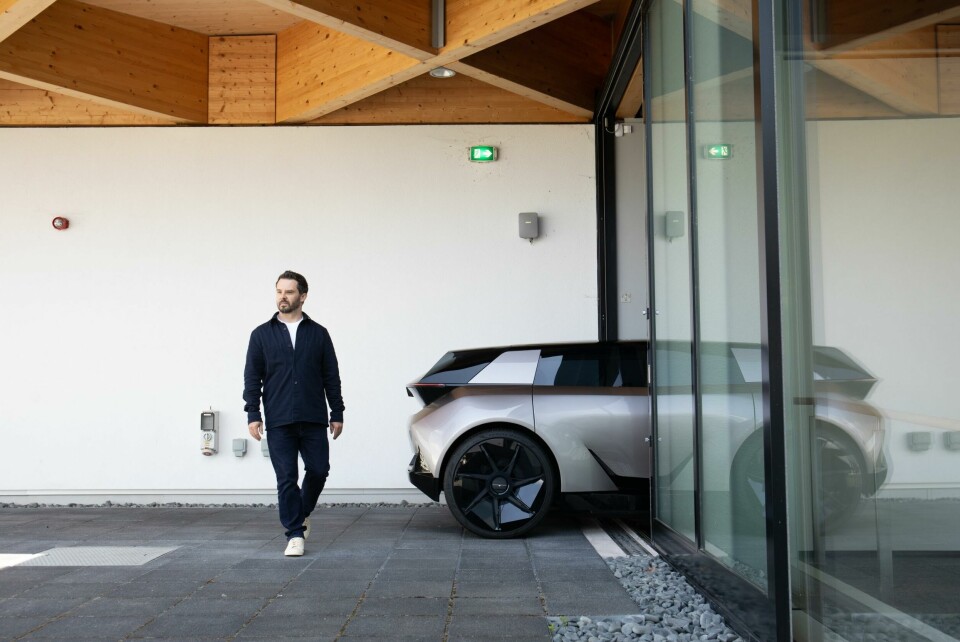
There are 17 nationalities at Tata worldwide, and we have design studios in the Coventry, UK, Turin, Italy and Pune, India. The UK studio started off as an advanced studio, but it’s remit has become bigger due to its new capability. We are roughly 80 people right now and growing. Beyond the design support staff there are clay, Alias, exterior, interior, CMF and we are now growing the HMI team.
Our building really is state-of-the-art, designed by renowned architects and we were able to specify exactly what we wanted as it was a ‘from the ground-up’ building. With clay modelling, milling and a paint booth we can create our own show car. It’s not only a better environment to work, but has really unlocked our potential. The design area of our old rented studio was just the size of a meeting room, 30sq-m maximum, now we have an open floor, ample space for everybody. We have three plates and can accommodate eight full-size cars on the floor, plus all the side rooms. There’s an outside viewing platform upstairs too.
It’s usually a collaboration… The Sierra concept was done in the UK and then the Indian studio developed it
The Turin studio can’t do clay just yet so they are more on the advanced side for VR and at the forefront of technology, whereas here, we can make their clay models. It’s very fluid between these two studios. There are a similar number of people in all our studios. India and the UK are the main two, because [my boss] Martin Uhlarik sits here, and India is the company HQ where they also make commercial vehicles, but Italy can help both. Some studios are assigned certain projects, but it’s usually a collaboration. Take the Sierra as an example: the concept was done in the UK and then the Indian studio developed it.
Indian customers want global products, it doesn’t have to be ‘cliché India’. You might want to have a touch of India in it, but it has to be a global product. Within Indian society there are many different beliefs so we always used to design a little flat place on the dashboard to fit [religious] idols on. We don’t get that request so much any more. I’m not an Indian native, but I’ve been at Tata for a long time and I see other carmakers going into India and essentially dropping their cars [unchanged] and they bomb. Or they don’t sell as well as they wanted. There are reasons for that. If you send over cars to India that are not the same standard customers don’t want them.
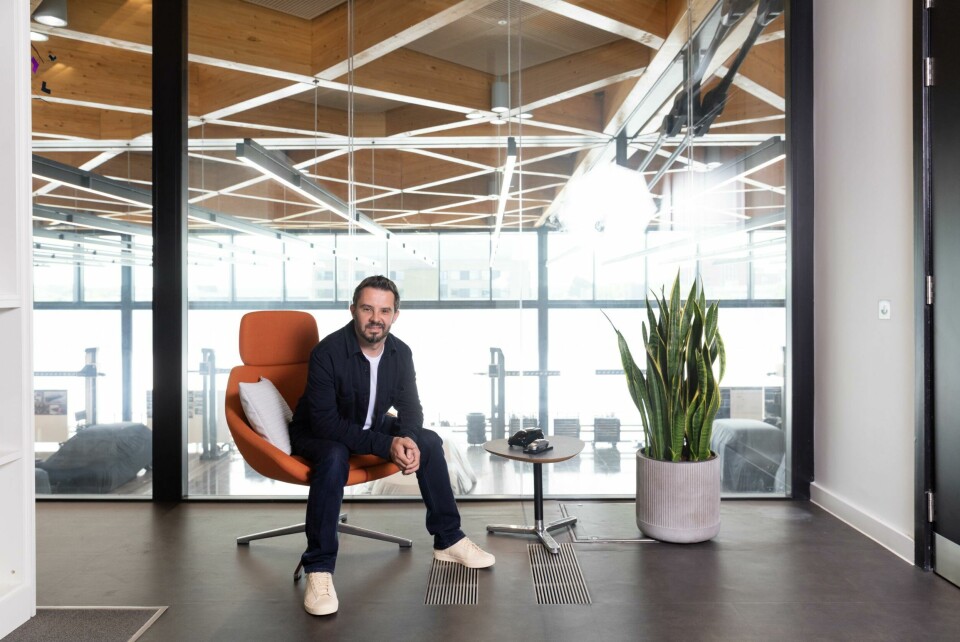
In India, you have to design cars for their real-world usage as well as their proposed usage – some cars that would normally take five people sometimes have more people squeezed in – so you need to consider aspects you wouldn’t necessarily consider for a car in the European market. We make sure there is more car for the money, but also make sure they are NCAP safety ready too. India is the same kind of market, just very price-conscious. To do nice stuff and still maintain an affordable price, that’s the challenging part. I am a designer, not a stylist, so when I do this, it’s about balancing those constraints and building sustainability into all this. It’s about going back to the essentials
Even though the brand is young, we have legacy products and nameplates that we still have to play with, so it’s not a ‘blank sheet of paper’, but there is also a lot of opportunity to grab, because the brand is building itself. There are different angles that you can take as a sort of disruptor in the system, and potentially offer something at a certain price point you can’t get anywhere else.
Avinya is more about wellness and curated luxury in comfort
The concept behind Avinya is not about being above or below other products, it’s more about philosophy. A normal car has to be pragmatic, functional and doing everything right. For Avinya, it’s more of a curated offering.
For example it could be about ‘detoxing’ from all the big screens at a customer’s workplace. Research is showing a polarisation in the market, where some brands are going full-screen, and others are going minimal screen, whatever you need to function. Avinya is more into the latter, about well-ness, and curated luxury in comfort, peace of mind, soothing. The traffic in India is buzzing, there are cars everywhere and honking horns, but if you can close the door and be in your own environment, it could help you escape that.
